Mame Gohan, or seasoned steamed rice with green peas, is a classic Japanese dish that celebrates the arrival of spring. Traditionally enjoyed when green peas are in season, this simple yet flavorful dish brings the freshness of spring to the table.
What’s Mame Gohan?
Mame Gohan, which literally means “pea rice” in Japanese, is a type of mixed rice made with fresh green peas. The variety typically used in Japan is called usui endou, which comes in pods and is shelled before cooking. These peas are considered a springtime delicacy in Japan, usually available only during April and May, making Mame Gohan a short-season favorite that’s cherished while it lasts. Though it’s a humble, home-style dish, Mame Gohan occasionally makes an appearance in Bento shops and supermarket delis during the spring season.
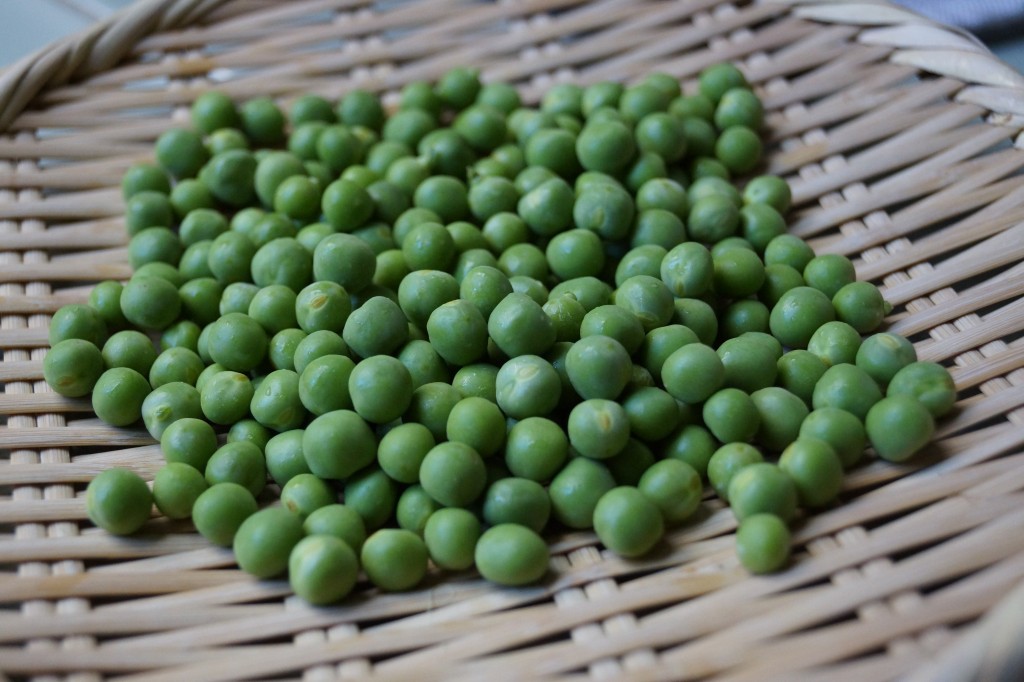
Outside Japan, it can be difficult to find the exact variety of green peas typically used in Mame Gohan. While snap peas in the U.S. are somewhat similar to their Japanese counterparts, the peas inside are often too small for this dish. Your best option is to use standard fresh green peas as a substitute. If fresh peas aren’t available, frozen peas are a perfectly acceptable alternative—they may slightly compromise the texture and flavor, but the dish will still be enjoyable.
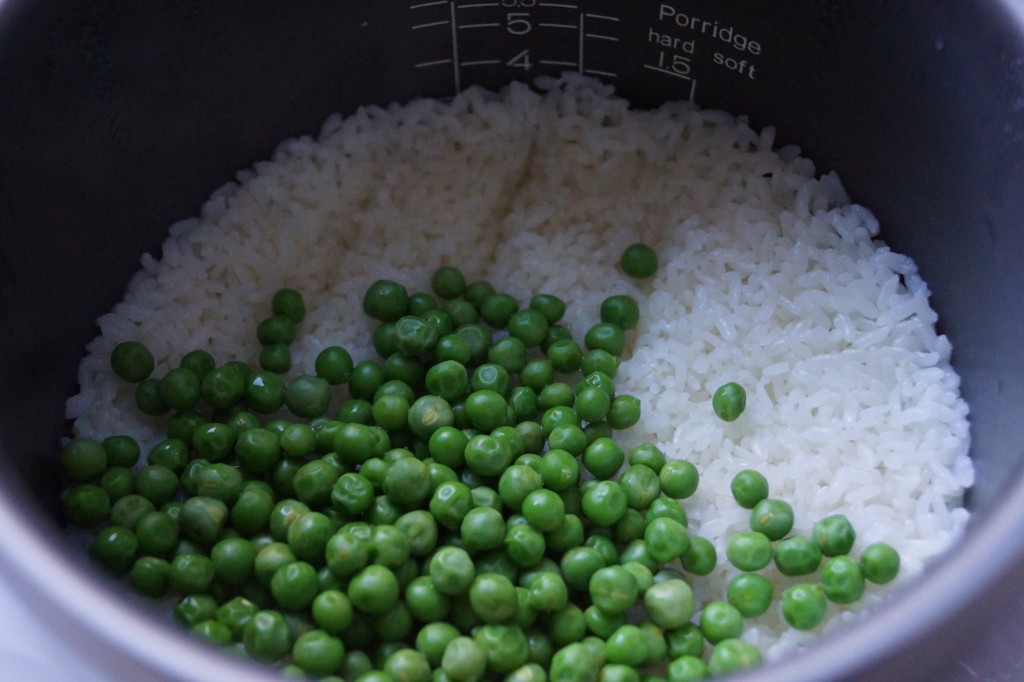
In many traditional recipes, the peas are cooked together with the rice. However, a popular variation is to cook the peas separately and mix them in afterward. This method helps preserve their bright green color and crisp texture, giving the dish a more vibrant, spring-like appearance. If you do choose to cook them with the rice, that’s perfectly fine too. The peas will soften and their color may fade a bit, but some people enjoy the way the flavors blend when cooked together.
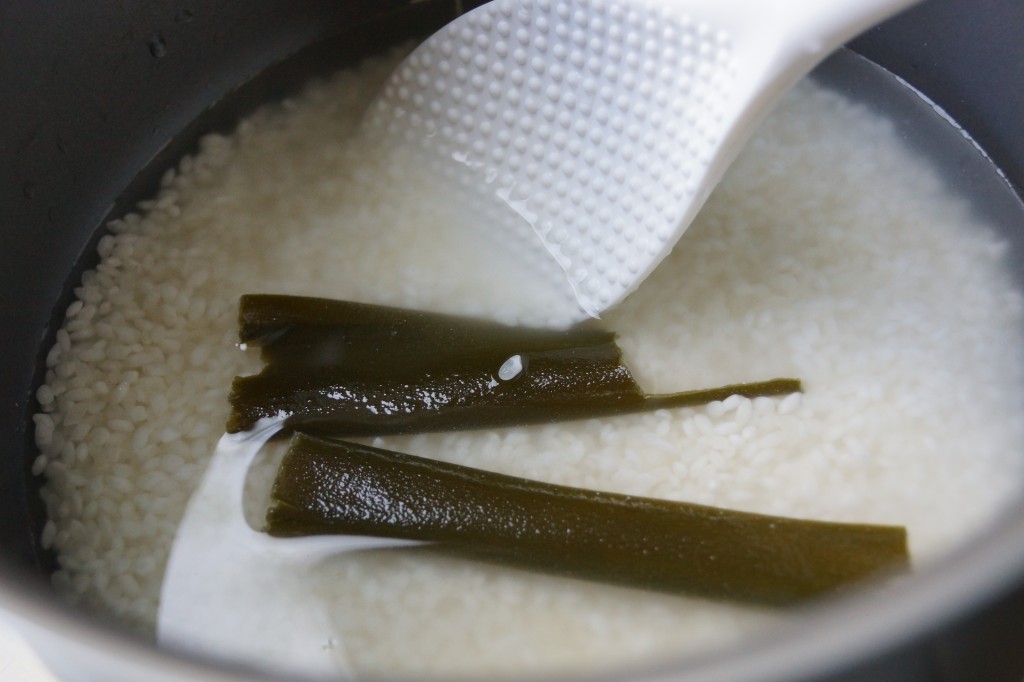
The rice itself is seasoned simply with a pinch of salt and a piece of kombu (dried kelp), which adds subtle umami depth. For an extra touch of flavor, you can sake before cooking. It’s an easy recipe, especially with a rice cooker—if you can make plain rice, you can definitely make Mame Gohan.
If you’re lucky enough to find fresh green peas, give our Mame Gohan a try. It may just become your new favorite springtime tradition!
Tips and substitutions for Mame Gohan
- Try Edamame: If green peas aren’t available, shelled edamame is a great alternative. Simply boil or steam the edamame, remove the beans from their pods, and mix them into the cooked rice.
- Enhance the Flavor with Sake: Adding a tablespoon of sake when cooking the rice brings a subtle sweetness and delicate aroma that complements the green peas beautifully.
- Don’t Waste the Kombu: After cooking, the kombu doesn’t have to be discarded. Slice it very thinly and mix it back into the rice—it adds a nice depth of flavor and a pleasant, chewy texture.
What to serve with Mame Gohan?
Mame Gohan makes a wonderful centerpiece for a light and refreshing spring meal. Here are some delicious side dishes that pair beautifully with it:
- Ushiojiru (hard clam soup)
- Kakitamajiru (egg drop soup)
- Tempura
- Miso Grilled Cod
- Namasu (carrot and daikon salad)
- Spinach Salad with Sesame Sauce
Short Video
Full recipe video is also available in the recipe box below and on our YouTube channel.
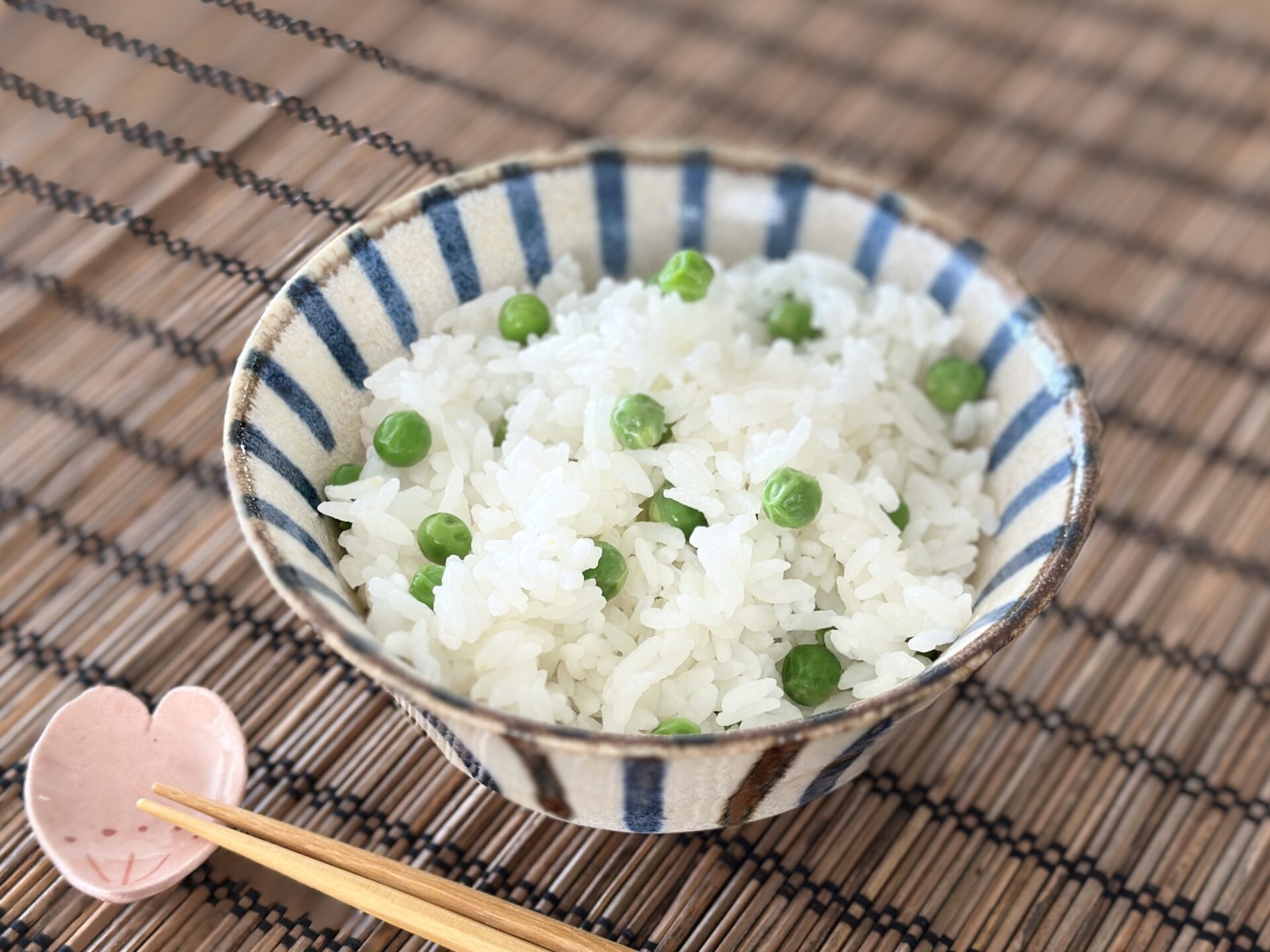
Mame Gohan (Japanese Green Peas and Rice)
Ingredients
- 2 cups short-grain rice (when using 180 ml-cup)
- Kombu dried kelp (4"x2" (10 cm x 5 cm))
- 1 tsp salt
- 1/2 cup raw green peas (or frozen)
Instructions
Cooking in Rice Cooker
- Wash rice and pour water out. Repeat 2 more times. Place rice in a rice cooker pot, and add water to the line for 2 cup-rice. Add Kombu dried kelp and 1 tsp salt and stir. Let it soak for 30 minutes.
- Cook rice in regular white rice mode on rice cooker.
- While cooking rice, boil raw green peas with 2 pinches of salt in a pot for a minute or two. Strain water.
- When rice is done, discard Kombu, add cooked peas to the rice, and mix.
Video

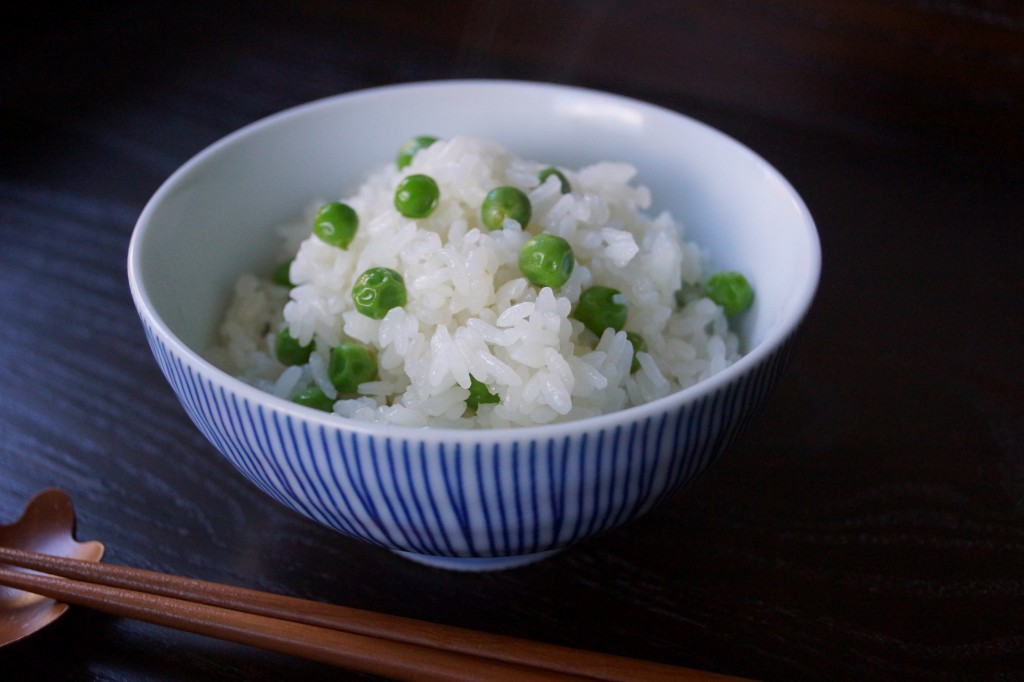
This recipe was originally published in April 2013. The post was updated on May 21, 2025 with more useful content, new photos and a short video.
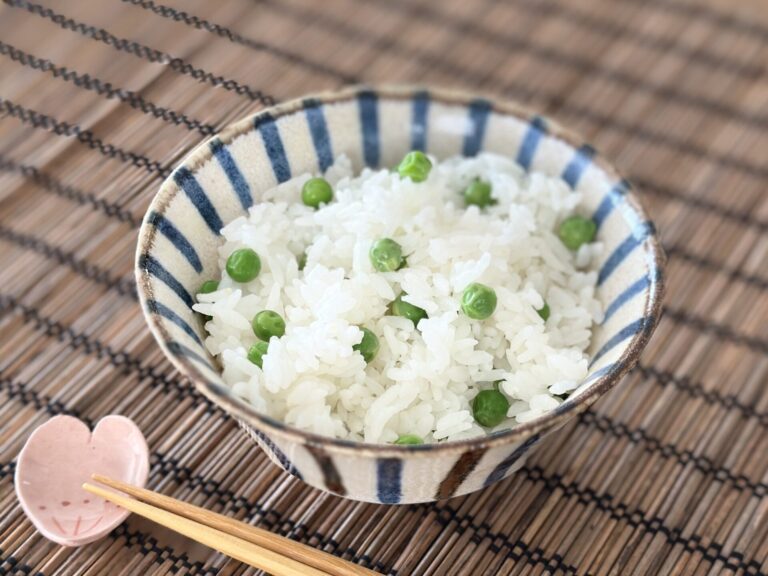
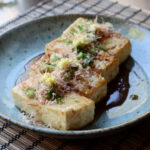
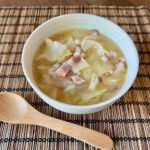
2 Comments
Great blog thanks for this content i really like it this type of blogs.
Would love to read more